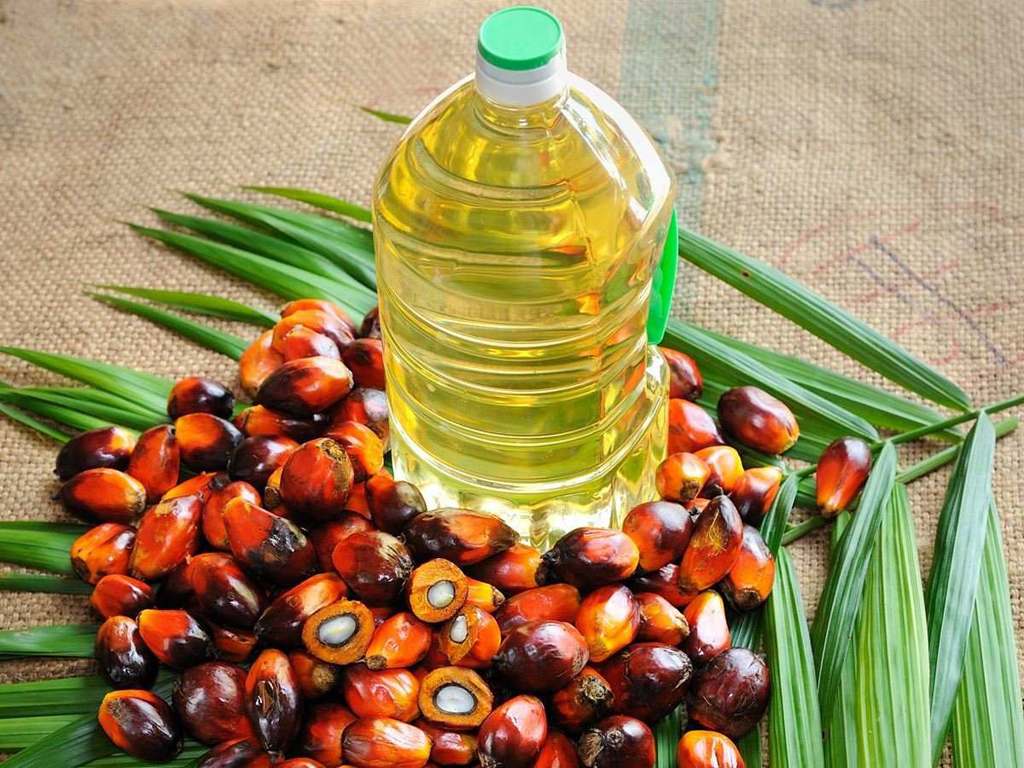Soybean Futures Insights: Market Trends and Projections
In the realm of soybean futures trading, May delivery have slumps by 7.00¢, reaching $11.74¼ per bushel. Concurrently, soymeal experienced a dip of $0.4 to $335.60 per short ton, while soy oil displayed resilience, slumps 0.38¢ to reach 47.52¢ per pound.
|
Soybean |
||||||
| Contract | Last | Change | Open | High | Low | Close |
| 24-May | 11.745 | -7 | 11.815 | 11.8425 | 11.72 | 11.745 |
| 24-Jul | 11.8775 | -6.5 | 11.9425 | 11.975 | 11.855 | 11.8775 |
| 24-Aug | 11.8625 | -6.5 | 11.9175 | 11.9575 | 11.845 | 11.8625 |
|
Soybean Oil |
||||||
| Contract | Last | Change | Open | High | Low | Close |
| 24-May | 0.4752 | -0.38 | 0.479 | 0.4823 | 0.4731 | 0.4752 |
| 24-Jul | 0.4804 | -0.41 | 0.4846 | 0.4877 | 0.4786 | 0.4804 |
| 24-Aug | 0.4819 | -0.39 | 0.4859 | 0.4889 | 0.4801 | 0.4819 |
|
Soybean Meal |
||||||
| Contract | Last | Change | Open | High | Low | Close |
| 24-May | 3.356 | -0.4 | 3.356 | 3.385 | 3.323 | 3.356 |
| 24-Jul | 3.386 | -0.5 | 3.386 | 3.417 | 3.358 | 3.386 |
| 24-Aug | 3.39 | -0.7 | 3.389 | 3.42 | 3.364 | 3.39 |
Click Here To View April 08, 2024 Report
Paraguay Soybean Harvest 2023/24: Challenges and Projections
The 2023/24 soybean harvest in Paraguay has concluded, revealing outcomes below initial projections, according to Ester Storch, the director of DASAGRO. Initial estimations stood at 10.6 million tons at the commencement of February, but as the harvest wrapped up, figures were revised downward to 10.25 million tons. Despite this adjustment, the 2023/24 soybean crop remains the second-largest in Paraguay’s history, trailing behind only the 2019/20 yield of 10.38 million tons.
- Weather Impact on Safrinha Crops
The safrinha soybeans and safrinha corn faced challenges in crop development due to adverse weather conditions, particularly affecting corn cultivation. While the southern regions, where most safrinha soybeans are grown, experienced more favorable weather, the northern areas, primarily cultivating safrinha corn, witnessed below-normal rainfall.
- Slow Sales Amid Price Expectations
Sales of soybeans and corn have been sluggish in Paraguay as farmers await better prices surpassing production costs. This cautious approach reflects the economic considerations influencing agricultural trade decisions in the region. While USDA announced a new export sale this morning. Unknown destinations are buying 124,000 metric tons of soybeans for the 2023/2024 marketing year.
- Global Perspectives on Crop Estimates
The latest reports indicate adjustments in crop estimates across South America. Dr. Michael Cordonnier lowered the Argentine corn crop estimate by 2 million metric tons (MMT) to 53 MMT due to substantial insect and disease pressures. However, the forecast for Argentine soybean crop remains stable at 51 MMT. Brazilian crop estimates were retained at 145 MMT for soybeans and 112 MMT for corn, with Conab expected to release updated figures soon.
Brazilian Soybean Harvest Progress Slows, AgRural Reports
Brazilian agricultural producers marked a 78% completion of the soybean harvest by April 4, according to AgRural, a consulting company. While this reflects a 4% increase in field work over the week, the pace remains behind last year’s level of 82%.
- Weather Impacting Harvest Progress Across Brazil
AgRural noted that favorable weather conditions allowed farmers to make significant progress last week. However, rain in the northern and northeastern regions affected harvesting in some areas.
- Active Crop Threshing in Southern Regions
Experts highlight that crop threshing is most active in regions where soybeans were sown last in the season, notably in Rio Grande do Sul, the southernmost state of Brazil..
USDA Forecasts Decrease in Canadian Oilseed Production
The Foreign Agricultural Service of the USDA (FAS USDA) forecasts a decrease in the production volumes of major oilseeds in Canada for the 2024/25 season. Canola harvest is expected to decrease to 18.069 million tonnes, soybeans to 6.716 million tonnes, and sunflower to 76,000 tonnes. Additionally, the country’s oilseed processing capacity is projected to increase to almost 16.1 million tonnes by the end of 2025.
China’s Grain Production Strategy
China continues its efforts to bolster grain production to ensure food security, aiming to increase production capacity by over 50 million tons by 2030. Emphasizing corn and soybeans as primary contributors, the country also plans to enhance the quality and structure of rice and wheat production. Collaborative projects between government bodies and local administrations aim to improve grain production capacity across 720 counties.
Japan’s Oilseed Consumption Trends
In Japan, a shift towards canola over soybeans is anticipated, driven by favorable crush margins. This shift is expected to impact soybean meal production and lead to increased imports. Despite a projected decline in domestic soybean harvest, Japan is expected to import 3 million tonnes of soybeans in 2024/25, while rapeseed imports and crush are also on the rise.
In conclusion, the soybean futures market’s intricacies reflect a delicate dance of supply, demand, and global dynamics. As we navigate these fluctuations, staying attuned to market trends and agricultural forecasts is paramount across the supply chain. So we are predicting that soybean market project a Neutral trend Projections and as well in hovering within the range of $11.3 to $12.3 per bushel.



